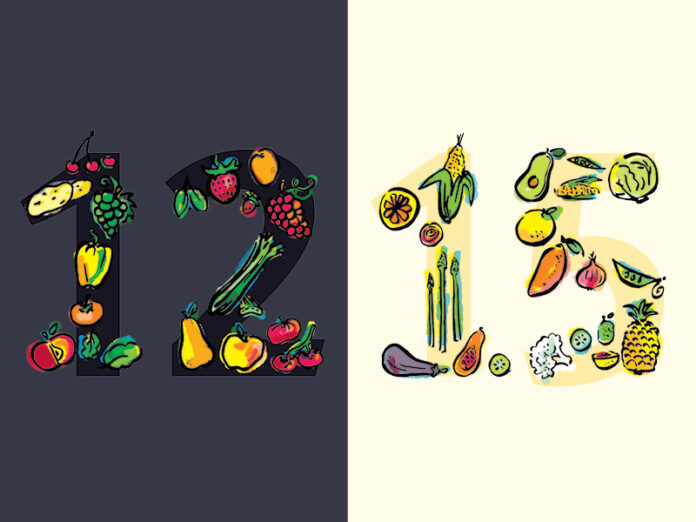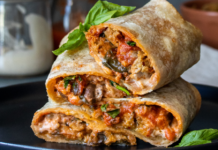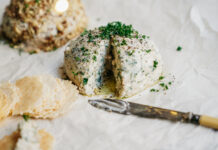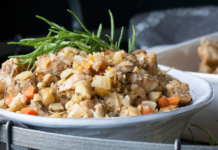
If you are one of those folks who does the weekly trek through the produce aisles at your local grocer, but can’t decide whether to buy organic or not, one factor to consider is the amount of pesticide residue that lingers on the foods we eat. Consider this annual research from the U.S.-based EWG’s Shopper’s Guide to Pesticides in Produce.
Updated every year since 2004, EWG ranks pesticide contamination of 47 popular fruits and vegetables. The guide is based on results of more than 38,800 samples of produce tested by the U.S. Department of Agriculture and Food and Drug Administration. Samples are tested for pesticides after they have been prepared to be eaten. This means the produce is thoroughly washed and, when applicable, peeled. After these preparations, pesticide residues are still detected on many of the fruits and veggies.
If you see your favourite food on the Dirty Dozen list, strongly consider buying organic. If your favourites are on the Clean 15, organic may not be as critical to your healthy food choices.
The Dirty Dozen
(Non-organic foods shown to have the most pesticide residue.)
- Strawberries
- Spinach
- Nectarines
- Apples
- Peaches
- Pears
- Cherries
- Grapes
- Celery
- Tomatoes
- Sweet Bell Peppers
- Potatoes
The Clean Fifteen
(Non-organic foods shown to have the least pesticide residue.)
- Sweet Corn
- Avocados
- Pineapples
- Cabbage
- Onions
- Sweet Peas
- Papayas
- Asparagus
- Mangoes
- Eggplant
- Honeydew
- Kiwi
- Cantaloupe
- Cauliflower
- Grapefruit
SOURCE: Environmental Working Group www.ewg.org. Used with permission.













